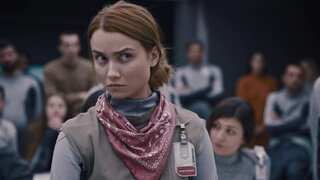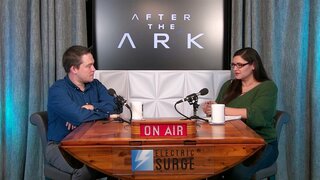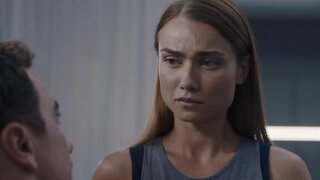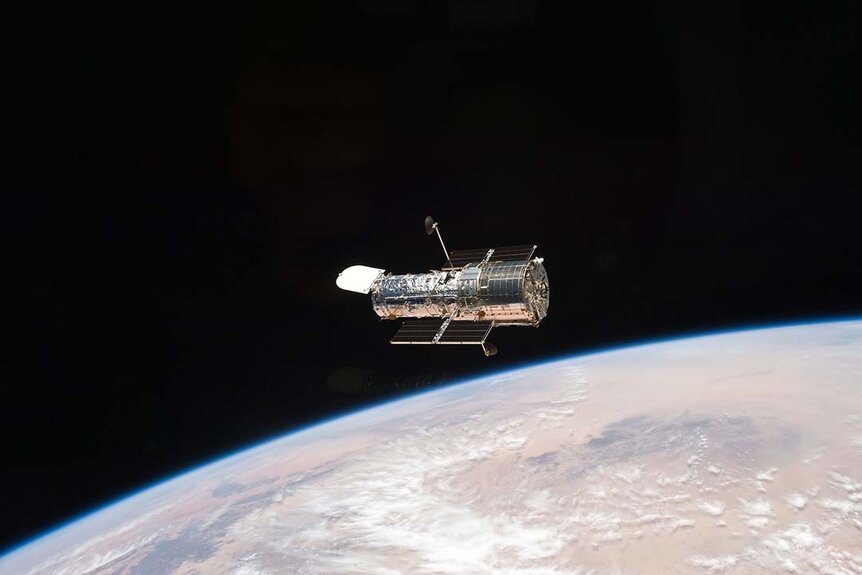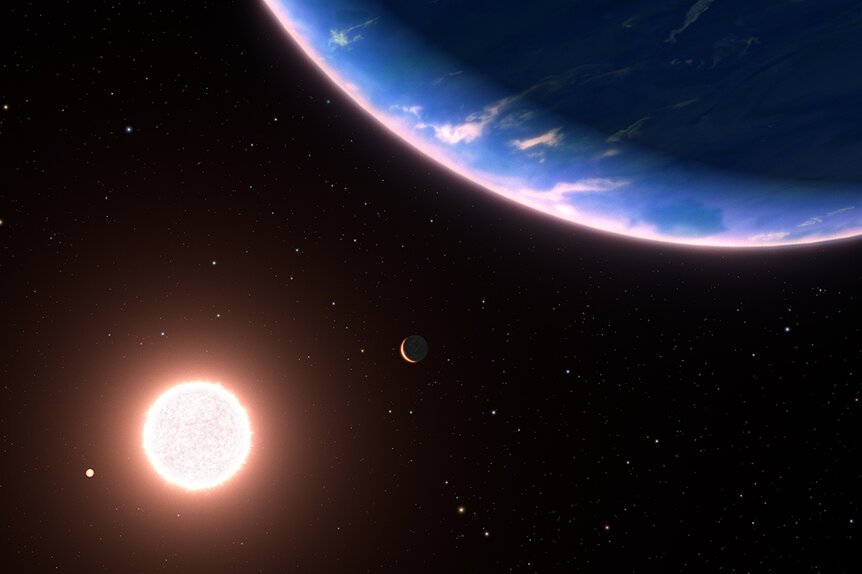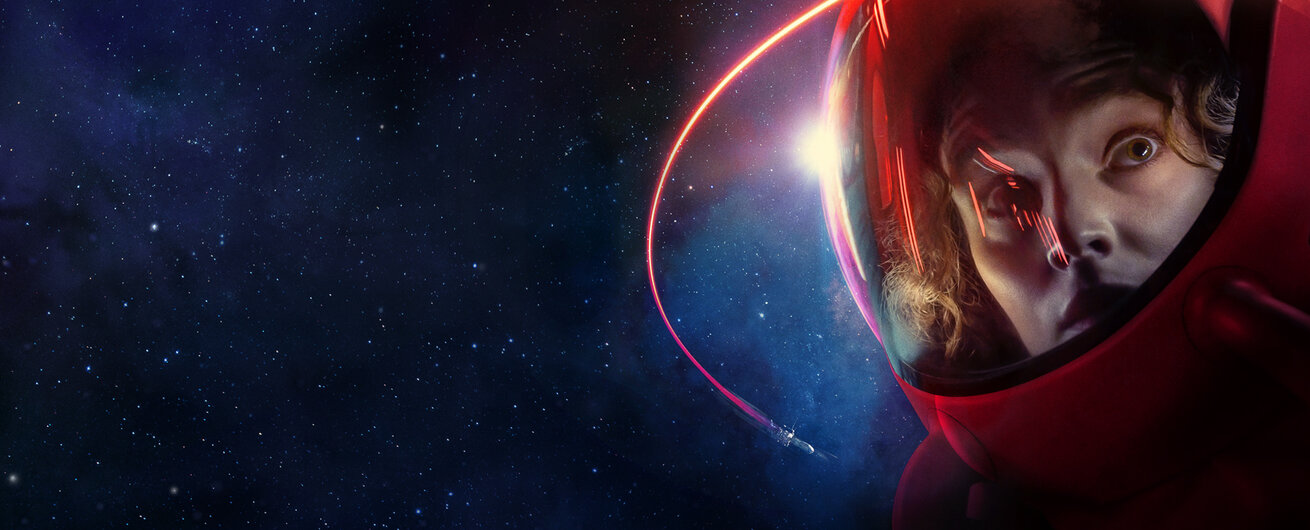Create a free profile to get unlimited access to exclusive videos, sweepstakes, and more!
Water Vapor Found in the Atmosphere of Earth-Like Exoplanet GJ 9872d
Don't break out your space swimsuits just yet.
Before 1992, it wasn’t entirely clear just how common planets are in the universe. We knew they existed here in our solar system, by virtue of living on one and seeing others in the night sky. Whether they existed around other stars and to what degree remained an area of speculation until astronomers Aleksander Woszczan and Dale Frail announced their discovery of two exoplanets orbiting a pulsar and launched the age of exoplanet discovery.
In the 30-odd years since that discovery, we’ve detected more than 5,000 exoplanets and counting, with an array of increasingly advanced telescopes. Despite our growing exoplanet collection, we’ve yet to find anything truly Earth-like, the sort of world we could visit and be moderately comfortable. That’s bad news for the crew of The Ark, or any real-world explorers who are looking for someplace else to set down roots.
However, we’re discovering new planets every day and, more than that, we’re learning new things about planets first detected years ago. You can explore a database of known exoplanets one star at a time using NASA’s Eyes on Exoplanets web application. Recently, astronomers using the Hubble Space Telescope analyzed the previously discovered exoplanet GJ 9872d and found evidence of water vapor. To date, it’s the smallest planet known to contain water in its atmosphere.
For more on Exoplanets:
Astronomers Find a Planet Half-Covered in Lava
A “Forbidden Planet” Might Have Been Born from the Ashes of Its Star
Some Planets Shrink Over Time, New NASA Data Reveals Why
Detecting Water Vapor on GJ 9872d
Astronomers have picked up detections of water on exoplanets before, but they’re usually much larger gas giants, their thick Jupiter-like atmospheres composed partly of water. Sussing out the presence of water on smaller worlds has been a tougher nut to crack.
Finding water elsewhere in the cosmos is step one in the search for extraterrestrial life and finding it on small rocky worlds is particularly exciting. In our experience, living things get thirsty and there’s nothing better than water. Our bodies (whether plant, animal, or microbe) need water as a solvent to facilitate cellular functions. It’s possible that liquids made of other organic molecules might serve the same purpose in alien life forms but that’s a shot in the dark, certainly not something we’ve ever seen.
The Hubble Space Telescope collected observations of GJ 9872d over the course of three years, recording 11 transits, when a planet passes in front of its parent star from our point of view, as it orbits. When planets pass between their star and us, starlight cuts through the atmosphere at the edges before being picked up by our telescopes. The way the atmosphere scatters light passing through tells us about what the atmosphere is made of. The starlight essentially picks up a chemical signature on its way through the alien air and scientists can read that spectral imprint like a list of ingredients in a recipe.
GJ 9872d Points to Potentially Habitable Worlds, but It Isn’t One of Them
First discovered by the Kepler Space Telescope in 2017, GJ 9872d is located about 97 light-years from here. It orbits a red dwarf star, the most common type in the galaxy, every 6.2 days. The planet is relatively small by exoplanet standards, with a diameter roughly twice that of the Earth.
“This would be the first time that we can directly show through an atmospheric detection, that these planets with water-rich atmospheres can actually exist around other stars. This is an important step toward determining the prevalence and diversity of atmospheres on rocky planets,” said investigator Björn Benneke, in a statement.
RELATED: Hubble and JWST Join Forces to Create Most Colorful View of the Cosmos Ever
While Hubble detected the presence of water in the air around GJ 9872d, it’s unclear just how much water there is. Astronomers say we might be looking at wisps of water mixed up in a more hydrogen-rich atmosphere or it could be mostly water. We just don’t know yet. GJ 9872d might even be a bigger, balmier version of Europa, with a rocky center covered by a thick, planet-spanning layer of water in the form of hot steam.
Alas, GJ 9872d wouldn’t make a good target for any earthly explorers seeking a new home. The average surface temperature is about 800 Fahrenheit (427 Celsius), roughly the same as our sister planet, Venus. Despite its hellish conditions, the discovery points to the possibility that water might be relatively common on rocky worlds in our galaxy. Maybe there really is someplace else out there for us.
The story of The Ark is currently in stasis, but returns for Season 2 later this year! In the meantime, catch a wide selection of science fiction streaming now on Peacock.
